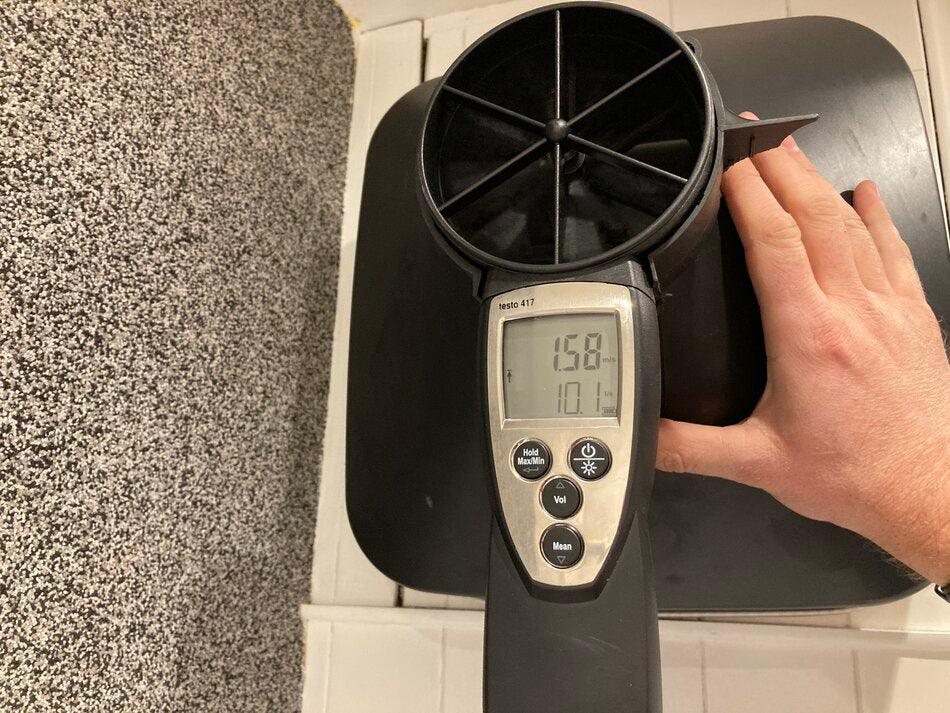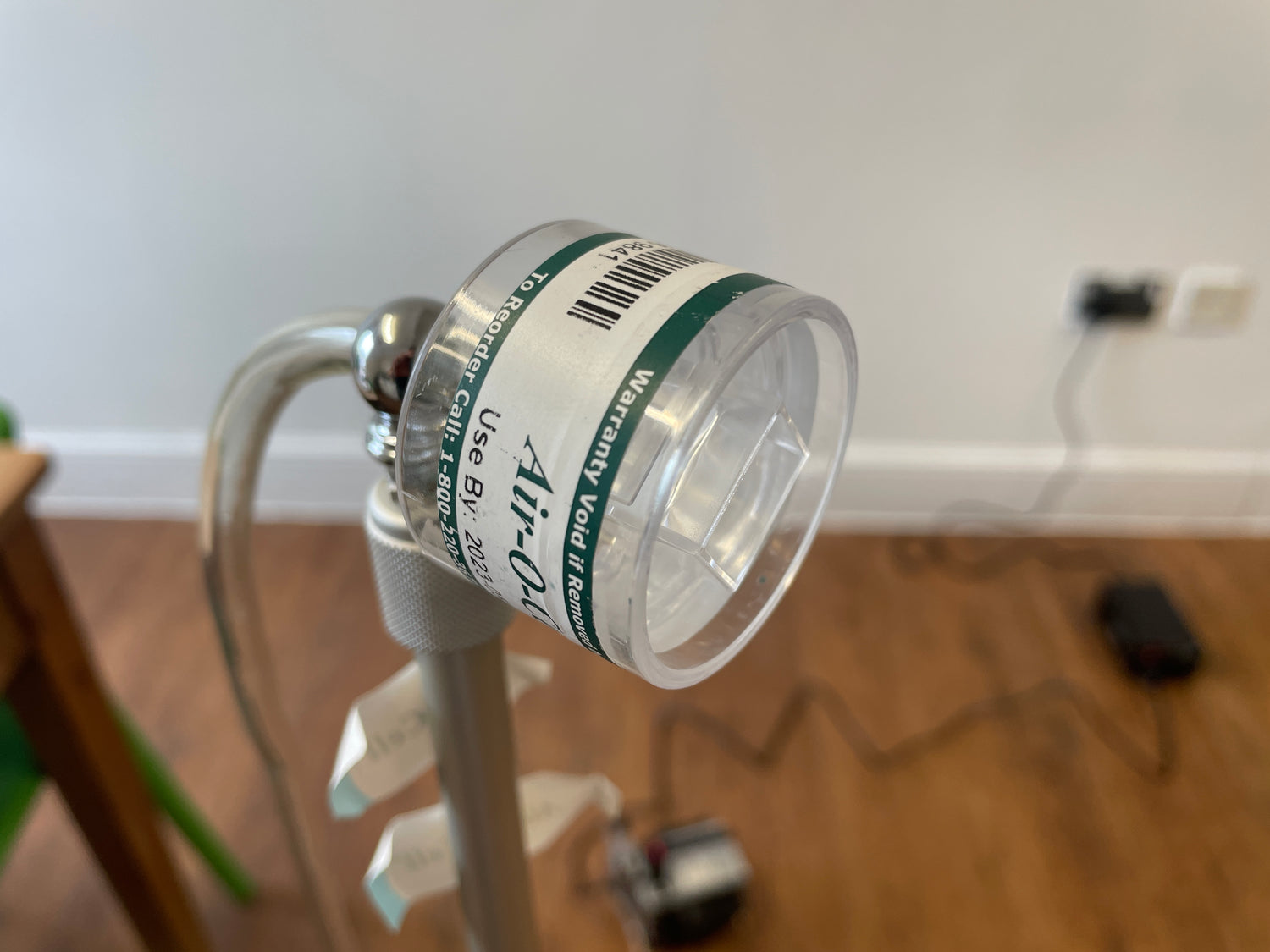
Damp and Mould Surveys
Assess the health of your building. Find out where damp is coming from.
Ministry of Mould offer independent damp and mould surveys providing detailed information and practical advice to resolve your damp and mould problem.
We do not carry out mould remediation or damp works so we have no vested interest in selling you unnecessary works. Our aim is to provide you with the information needed to make an informed decision. Your health, the health of your family or your staff is important.
We use a wide variety of tools, including thermal imaging cameras, moisture meters, humidity sensors, cavity wall cameras and more. This enables us to delve deep into the damp issue to find the root cause of the problem.
We can test for a wide variety of allergens, moulds, damp, pollutants, chemicals and other VOC’s while on site.
Our damp survey and mould inspection process starts with gaining a broad understanding of the issues present in the property plus a full assessment of any defects likely to leading to issues. In some cases, such as a pre-purchase survey or a newly purchased property, the full background may not be known. Building survey reports and a healthy amount of on the job experience can help our surveyor find the causes of damp, mould or other VOC’s in houses and commercial properties.
Once the survey is completed you will be emailed a pdf report containing a ‘plain English’ breakdown of the issues, plus any test results, and guidance on the solutions which you can deploy.
This service is highly bespoke and can be tailored to your own requirements to include a large range of options including mould tests, damp surveys, VOC’s assessments, allergen tests, ventialtion assessments.
Survey Tools
Finding the real cause of damp and mould takes time and skill. Below are just some of the tools we use to investigate damp and mould problems.

Finding Cold Spots
Thermal Imaging Camera
We use FLIR thermal imaging cameras to find hot spots, cold spots and wet spots within a building. We like FLIR due to the MSX technology which overlays the thermal image onto a regular camera image provided fine detail of the actual scene, like in the image shown here. This makes it really easy to pick out areas of concern. These thermal imaging cameras are designed for building inspections and used by us primarily to pick out colder spots which may indicate a leak, a cold bridge or an area prone to mould. This technology is a really great tool that proves very useful in the right hands. Our long term experience diagnosing damp problems allows for intelligent interpretation of the image and further investigation as required.

Checking Fan Speeds
Testo Anenometer
When dealing mould it is crucial to know how well the existing ventilation system is working. This clever bit of kit acts like a wind vane and measures the speed of any extract fans installed.
This means we can advise you if the extracr fans are compliant with building regs or not. A fan that doesn’t actually work well enough to clear the steam from a shower is as useful as a chocolate teapot!
Should the fans be found to be inadequate we can install replacement building regs compliant units.

Ssssnake Camera
Snake Camera
Sometimes it is very useful to be able to look within a cavity wall or behind some plasterboard. For these purposes we use a borescope or a snake camera. This enables to quickly determine if a cavity is blocked, if mould is visible in the cavity, if debris within a cavity is causing issues or even if interstitial condensation is present within a wall.
Looking within a wall is particularly useful when the mould is being caused by a hidden source of moisture. Sometimes leaking pipes hidden behind walls or other sources of water ingress can be found.

Checking for Damp
Protimeter Moisture Meter
These familiar two pronged protimeters are useful on a survey to give an indication of areas which need further investigation. The Protimeter gives an accurate moisture content when used in timber which is very helpful to determine which timbers are at risk of fungal decay or insect attack.
The protimeter is not calibrated for masonry and does not give an absolute reading. It is also hopelessly thrown off the scent by any salts present in the wall – a big problem with older buildings which often accumulated salts from over the years.
Having said all of that the protimeter is great at finding dry areas of walls and this fact alone makes it very useful for damp and mould surveys.

90+ types of Mould Found
Mould Testing
We use a range of mould testing techniques to identify hidden mould and the type or quantity of mould spores in a property.
Our gold standard test is air testing using the spore trap method. For this we use a special pump to capture the particulates in the air on a microscope slide. These are then analysed using AI in an ISO17025 accredited laboratory. Our mould testing will search for 90+ species of mould plus some common allergens and particulates.
